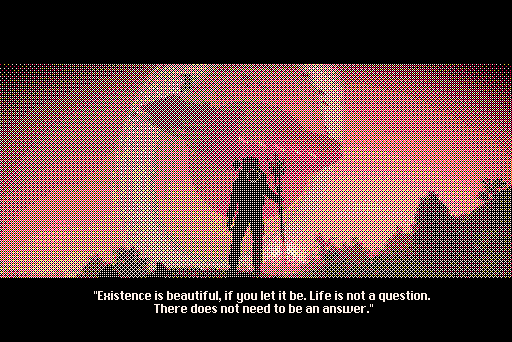

🎨 I took a screenshot of an old scene I made in Dreams (PS4) years ago. So, I challenged my self to get it to under 32kb. After some posterization and dithering, I kind of like how it turned out.
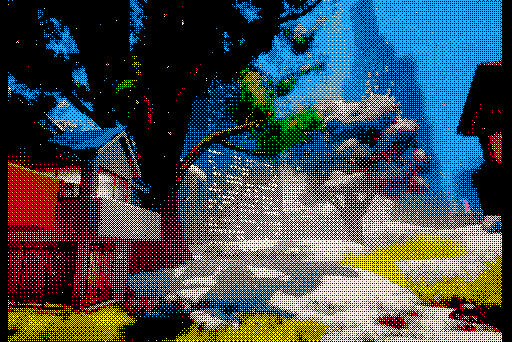
🎨 I took a screenshot of an old scene I made in Dreams (PS4) years ago. So, I challenged my self to get it to under 32kb. After some posterization and dithering, I kind of like how it turned out.

🕹️ Play more games offline
There's something different about playing a video game offline. Try it. Turn off WiFi in the house or go into offline mode and boot up your favorite game.
Does it run? If so, you're in luck. You're in for a treat, because playing a video game offline is calming.
Nothing is trying to "keep" you longer than you want to be there.
Microtransactions don't work or are non-existent.
Your experience is less noisy. It's more focused.
There's nothing tracking you while you play. Nothing is sending data back home about you.
There are no notifications interrupting your experience.
The mere fact that the game runs offline means it's built to last. If it can boot up without internet, you can be confident it will boot up 10 years from now.
It's pure. Boot up the game and play. Immerse yourself like you used to back in the day. Just enjoy the artistry on display.
No updates needed before it can run and the only thing getting in the way of you and your game is a loading screen.
If you can, avoid looking up hints and guides. Don't try to optimize your experience based on someone else's suggestions.
Just play. Play the way you want to play.
If you've never made a video game before...
🕹️ Decker is, in my opinion, the best way to get started at any skill level.
Think of it like the MS Paint of game development. Easy to pick up and always fun to use.
🕹️ Feeling down? I made a game that will put a smile on your face... and you can finish it in 2 minutes!
Play it HERE.
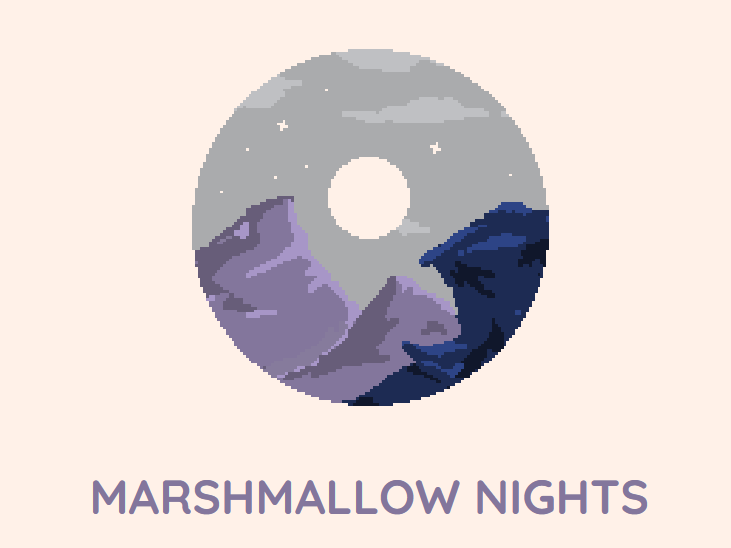
Pop words like bubble gum!
Wanted to share this post I found about blogging like its 2004.
I wish HTML was a person so I could just hug it and give it all the appreciation it deserves.
Core memory unlocked:
My toddler said "I love you" for the first time!
🕹️ Game design isn't that complicated.
Players just need 4 things in order to have fun:
Purpose, motivation, agency, and clarity.
If a game isn't fun, one of those elements is lacking.
I've made a mental shift that has me blog a lot more lately.
The realization was simple.
Write to myself. Write for myself.
It's been great and I feel like I'm in a better headspace.
🕹️ I’m positive that if I never bought another video game for the rest of my life, there is enough in my library to last two lifetimes.
"No matter how good you get, you're always gonna think that you should be better than you are..."
- Dan Harmon
This rang true for me. It feels like vision is always ahead of execution.
I'm making a game about exploring a small mall
Can I make my first Steam game in one year?
I've always wanted to.
So, this year I started making a game about exploring a mall. In the game you buy gifts for friends, discover secrets, and meet other quirky shoppers.
I've worked in the game industry for over 10 years, but I've never released a Steam game on my own. It's been on my bucket list for a while, but never quite had the confidence to do it.
In some ways, I still don't.
Well, this year I chose to take a crack at it.
I'm not one of those indies who's trying to strike it rich or make my "dream" game. Gambling in Las Vegas would be a more efficient way to make money.
No, I just want to make something that is worth charging for.
A game that's small, focused, and delivers a fun experience worth the asking price.
I want to make small promises to my players, and then fulfill them. Plus a little extra.
Nothing more. Nothing less.
I started prototyping the game in January and hope to release in January 2026.
I'll let you know how it goes.
There's something that feels safe about a blog post.
It's cozy.
There's no algorithm to please.
It feels slower. Calmer. Thoughtful.
Friday nights in 2005:
- Vanilla Coke
- Digiorno Supreme Pizza
- Battlefront 2 (PS2) with friends
Friday nights 2025:
- Ginger tea
- Intermittent fasting
- An episode of Ugly Betty with wife
For those who love RSS as much as I do, definitely check out zoneRSS. It's such a fun way to blog.
I want the future of social media to just be RSS and email.
What Exactly Is a "Good" Game?
I've always struggled with the desire to make something that is considered "good"—and to do it consistently.
The problem is, "good" is subjective.
This led me to discover one of my toxic traits: I want the subjective to become objective. I'm always searching for a reproducible and systematic approach to the creative process. I like things to be clear and straightforward.
It's flawed thinking, but I believed that if I could define what a good game was, then I could deconstruct the process and make one consistently.
A definition eluded me for a long time, but I eventually stumbled upon one that I feel good about:
A game is only as good as the promises it keeps.
I came across this idea in one of the best blog posts I’ve read on game creation:
After reading it, I realized that a game gets to define its own terms of success. It does this by making promises to the player—and then keeping them.
A game should be judged by how well it keeps its promises. Does it deliver what it says it will?
Making a game that costs half a billion dollars and takes ten years to develop is a type of promise with high expectations. It’s a hard promise to keep. Alternatively, a 5-minute game with amateur art can still be good as long as it delivers on its promises—a much easier promise to keep.
So, I think I’ve found a good balance between a subjective and objective definition of what makes a good game:
A good game keeps its promises to the player.
The structure of a fun game is simple.
Give the player a clear objective.
Reward them for their effort.
Tell them when they've achieved something.
A Daily Routine For Unemployed Game Devs
🕹 Unemployed as a game developer? Here's how I'm staying on track and keeping my spirits up.
I've crafted a simple daily routine that's been essential for my mental well-being and productivity during this period.
- Mornings: Create 🎨
- Mid-days: Connect 📨
- Afternoons: Contribute 🙌🏽

CREATE: This is all about building skills and creative growth.
While the timing of my next opportunity is uncertain, I'm making the most of this time by exploring new technologies, building games, and honing my craft.
CONNECT: This phase is all about maximizing opportunities.
Whether it's reaching out to my network, applying for roles, or sharing my latest work, I'm just trying to keep the momentum going.
CONTRIBUTE: Giving back to the community is key.
Whether it's helping others in their job search, collaborating on indie projects, or participating in game jams, assisting others is how we're all going to get through this.
🌟 And here's one last bonus...
EVENINGS: Community Evenings are dedicated to recharging with loved ones. It's my time to unplug, rest, and cherish moments with friends and family.
I'd love to hear what strategies have been working for you as you navigate your job search.
Age of Mythology was nominated for best strategy game at this year’s The Game Awards!
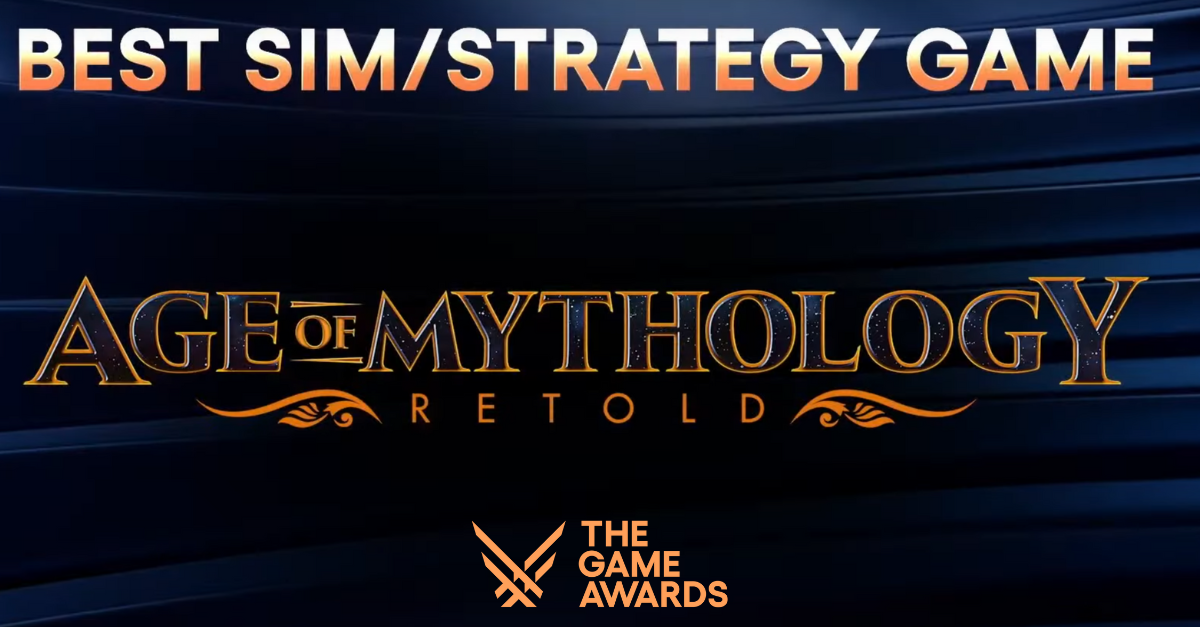
🕹 One of the best parts about landing an interview in the game industry is that I get to play a bunch of the studio’s games as prep.
Tahoe with my wife and child
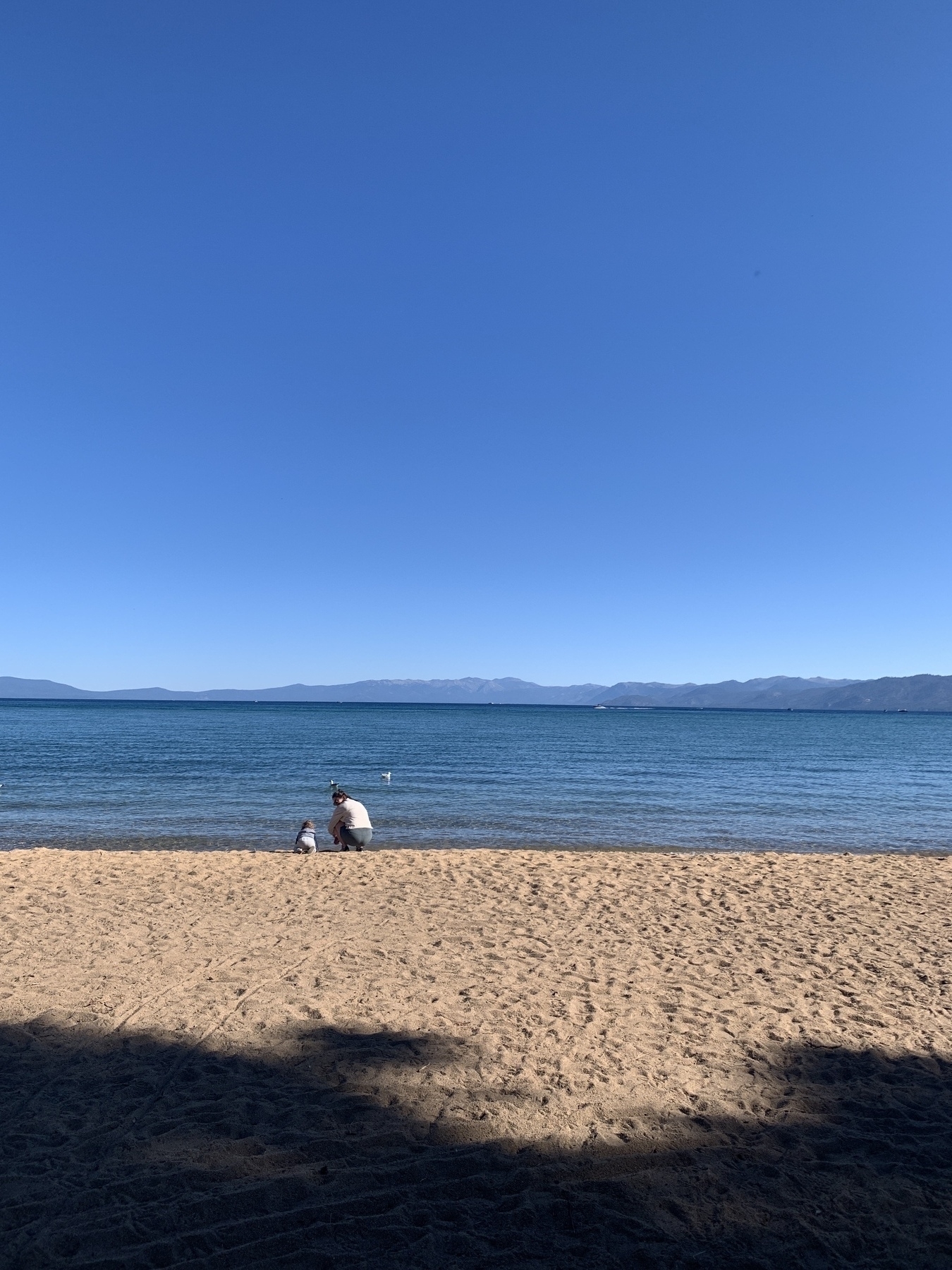
🕹 Last week I released Hell Dev.
- Made in around 10 hours over the course of a month in my spare time.
- It turned out “ok”
- All-in-all it was a fun project that got me through my first week of unemployment
